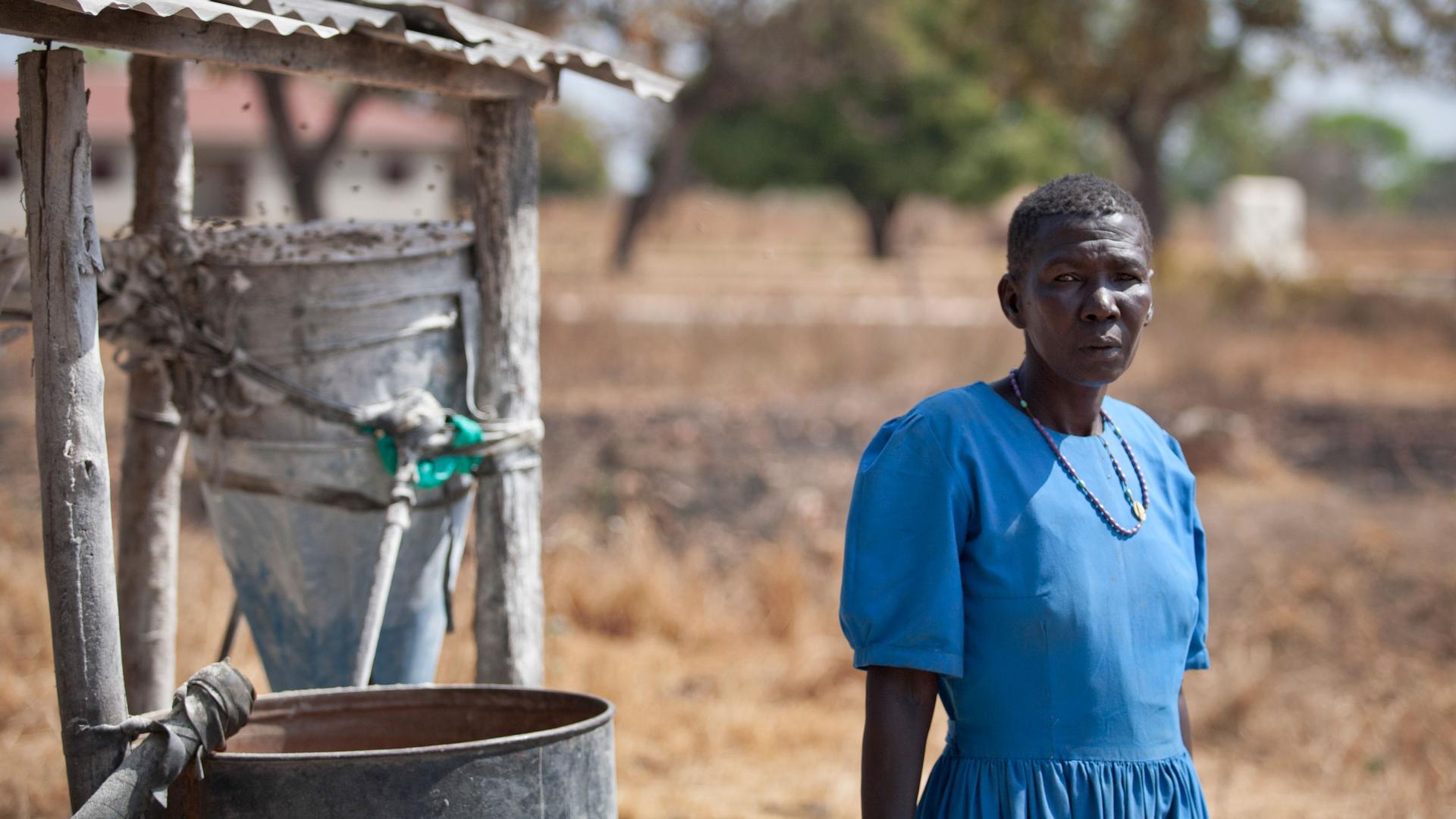Ever since the field of international relations moved on from being the narrow study of European dynastic politics, scholars have paid relatively little attention to the role of family in conflict and security. This week and next, we’ll highlight new research about how family networks shape individual decisions about security.
In their new article in International Peacekeeping, political scientists Carla Suarez and Erin Baines take on a particularly thorny question of family in conflict: How to understand the family ties among people subject to forced marriages and pregnancy by the Lord’s Resistance Army (LRA). During its 21-year war against the Ugandan government, the LRA abducted as many as 38,000 children into its ranks. As a method of further ensnaring and indoctrinating young abductees, the group often assigned a “wife” to boys and young men who had performed well in battle (Suarez and Baines put “wife” and “husband” in quotations to denote the forced nature of these unions, a convention that we have adopted here). After the conflict ended, many members of these forced marriages were left with a conundrum: They had a family, often with children of their own, but that family originated as a coercive strategy in a war they wished to leave behind.
How would they relate to that family in a post-conflict setting?
Aside from the human dilemma created by forced marriages, Suarez and Baines argue that there are important political stakes to the question of what happens to coerced marriages after conflict. Programs to reintegrate insurgent fighters after civil wars end often focus on military networks as the most salient ties left over from the war era. Some programs seek to break those ties, sending fighters from the same unit to all different corners of the country in the hope that it will prevent the unit from re-forming and launching new attacks. More recent research, however — including by Midnight Oil alumna Nikkie Wiegink — suggests that relationships between members of the same unit during wars can help former fighters survive in the post-war period. Often estranged from their home communities and lacking peacetime skills, former fighters rely on one another for mutual support.
“When I got a child, it became challenging because that was a time the war was intense… Looking at the condition that my child was going through, led me to ask, ‘why I am suffering and my child is also suffering?’”
This debate about reintegration programs and military networks, however, largely ignores the family networks of former fighters. From Suarez and Baines’ long-running field work with former LRA members, they’ve concluded that family networks are also crucial to the lives former fighters make for themselves after conflict, even if those networks are particularly fraught. For one thing, the researchers found that many men they spoke to saw their families as being key to their decision to defect from the LRA. Some defected to protect their “wives,” who, even if they escaped the LRA, were often rejected by their “husband’s” extended family. Others defected to get their children away from the conflict. In interviews, one recounted that, “When I got a child, it became challenging because that was a time the war was intense… Looking at the condition that my child was going through, led me to ask, ‘why I am suffering and my child is also suffering?’” He abandoned the LRA soon after his child was born.
Despite the centrality of family relations to these and other crucial security decisions, little official attention was paid to the fate of LRA coerced marriages in the wake of the conflict. Indeed, reception centers for people escaping the LRA encouraged the separation of families born of coerced marriage, in an effort to help people put the war behind them. For LRA families in which men wished to resume responsibility for their children in the post-conflict era, that approach by the reception centers made it very difficult to do so. Most fathers who left the LRA did not know the location of their children, and sometimes did not even know the location or real name of their “wife.” Women leaving their LRA “husbands” often had trouble integrating into new families and communities, and were left without support from either their LRA family or their post-conflict family. Their efforts to reunite with their “husbands” were also frustrated by the same policies.
Suarez and Baines highlight these practices as what they call a “blind spot” in post-conflict reintegration policy. Their work with former LRA members makes clear the extent to which family considerations mediate security decisions even in the most fraught circumstances. When policymakers decide how to bring former insurgents back into civilian life, their nuclear families deserve consideration as potential networks of support along with their siblings in arms.
